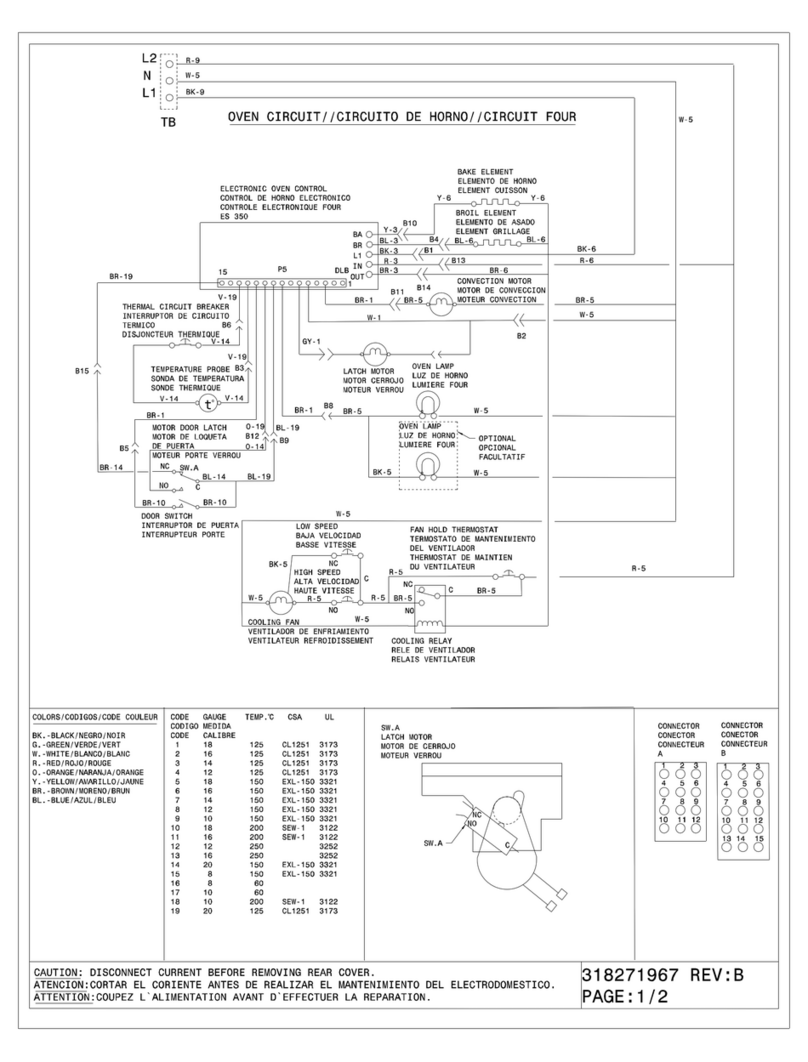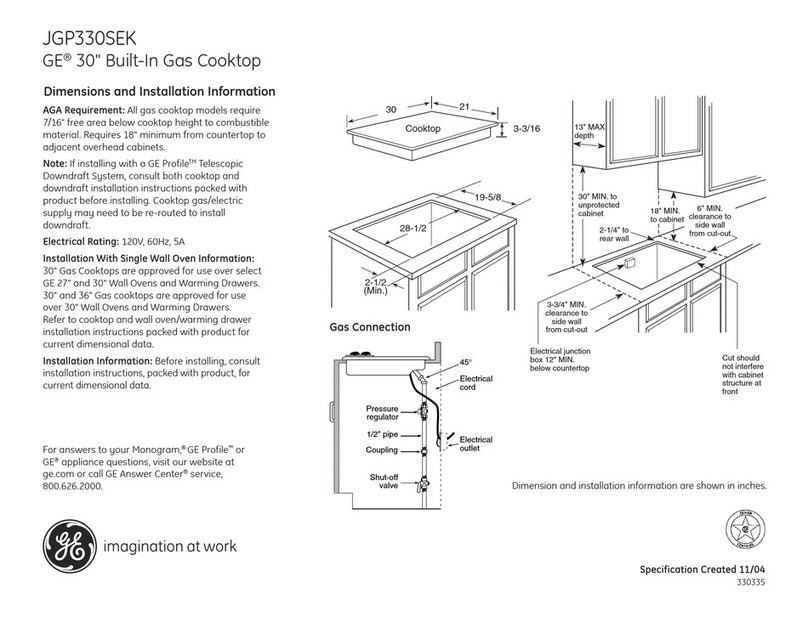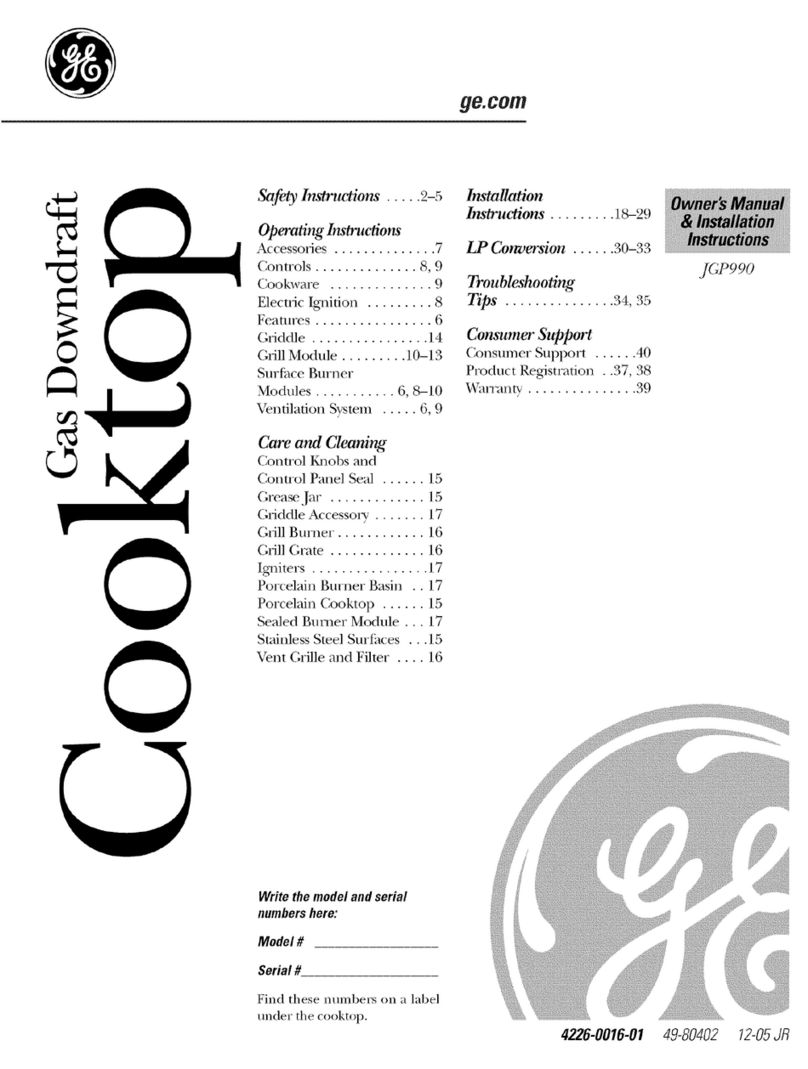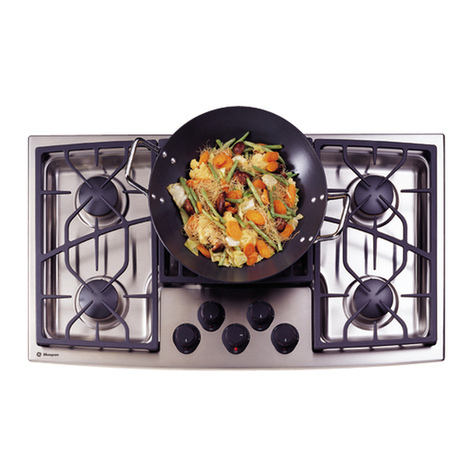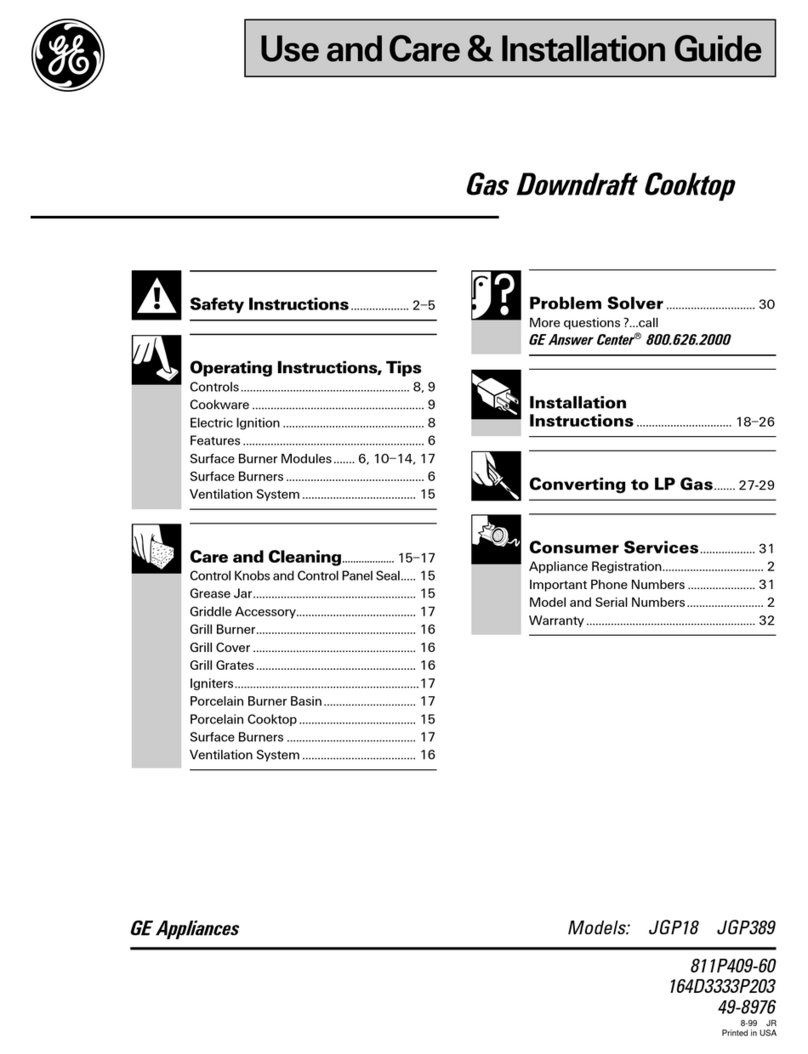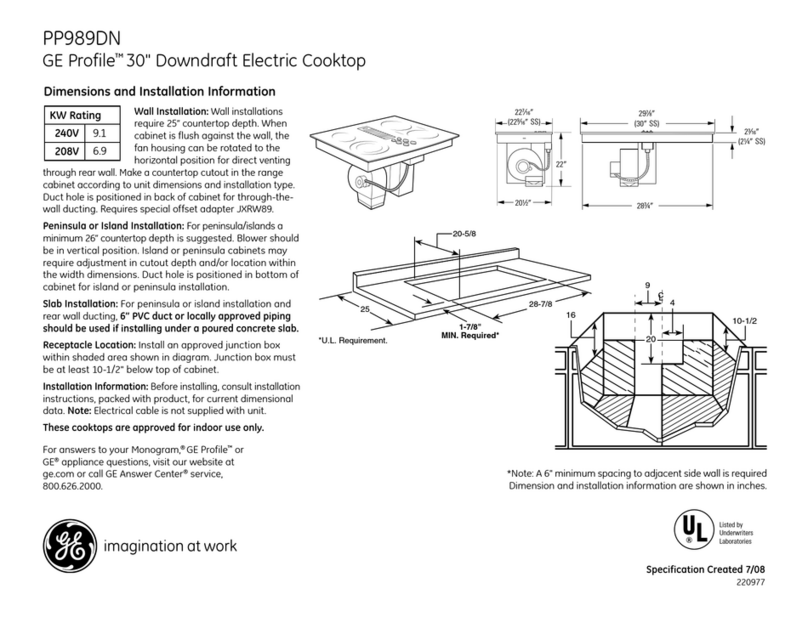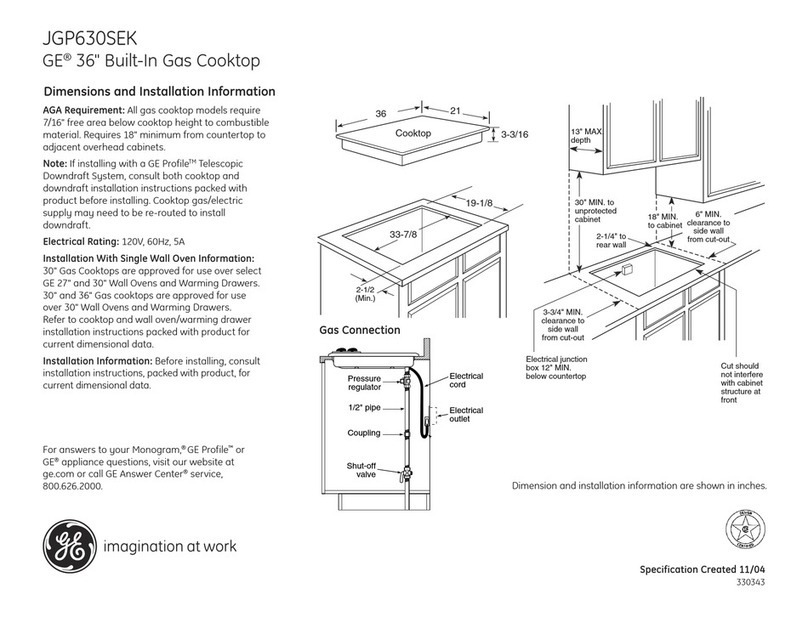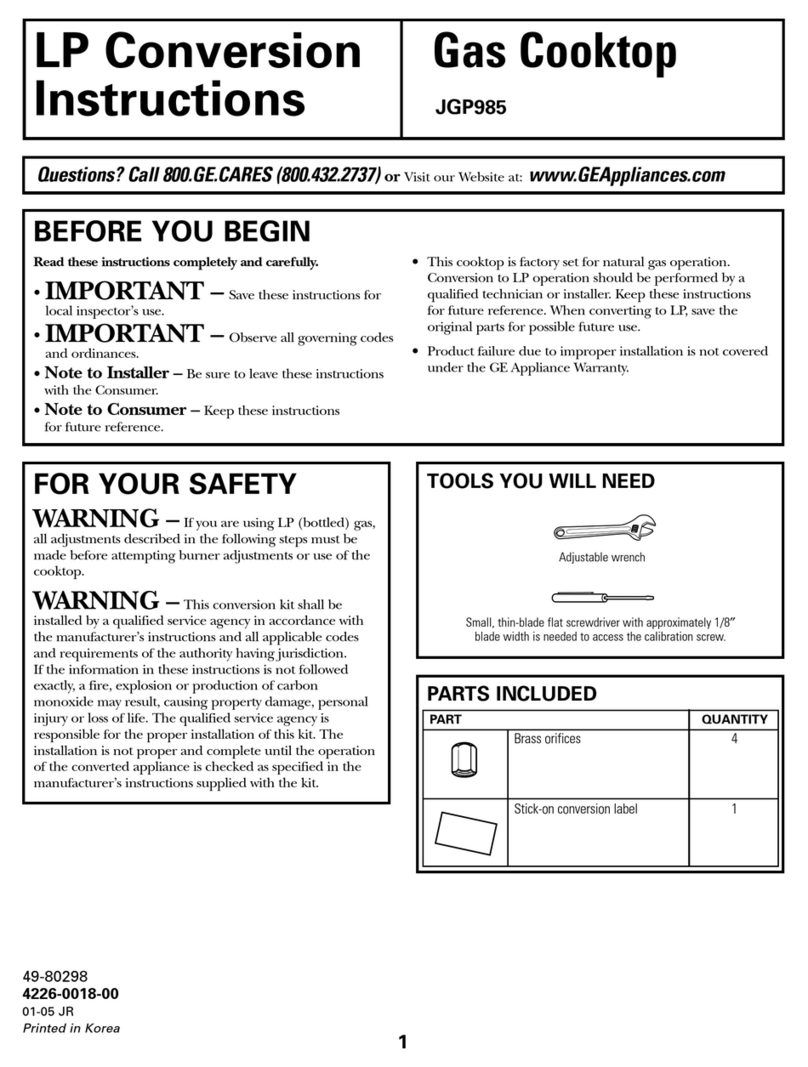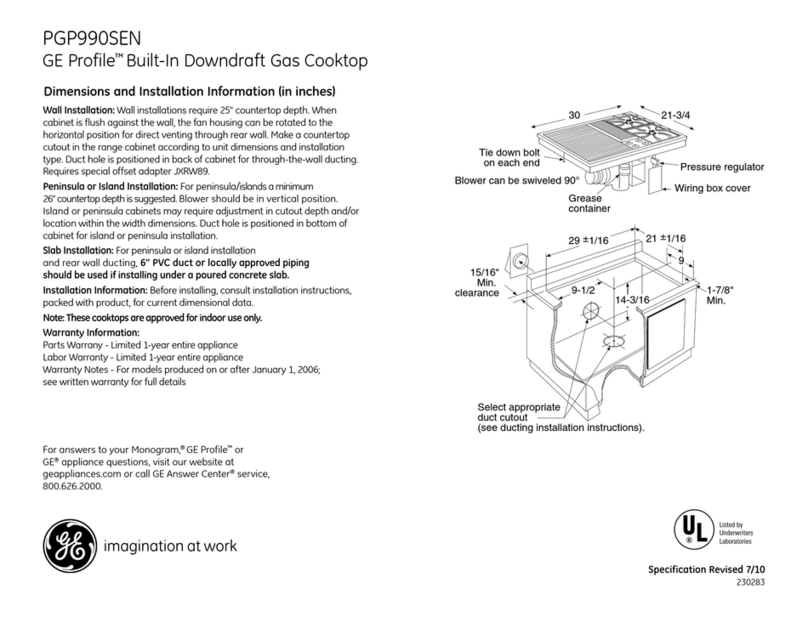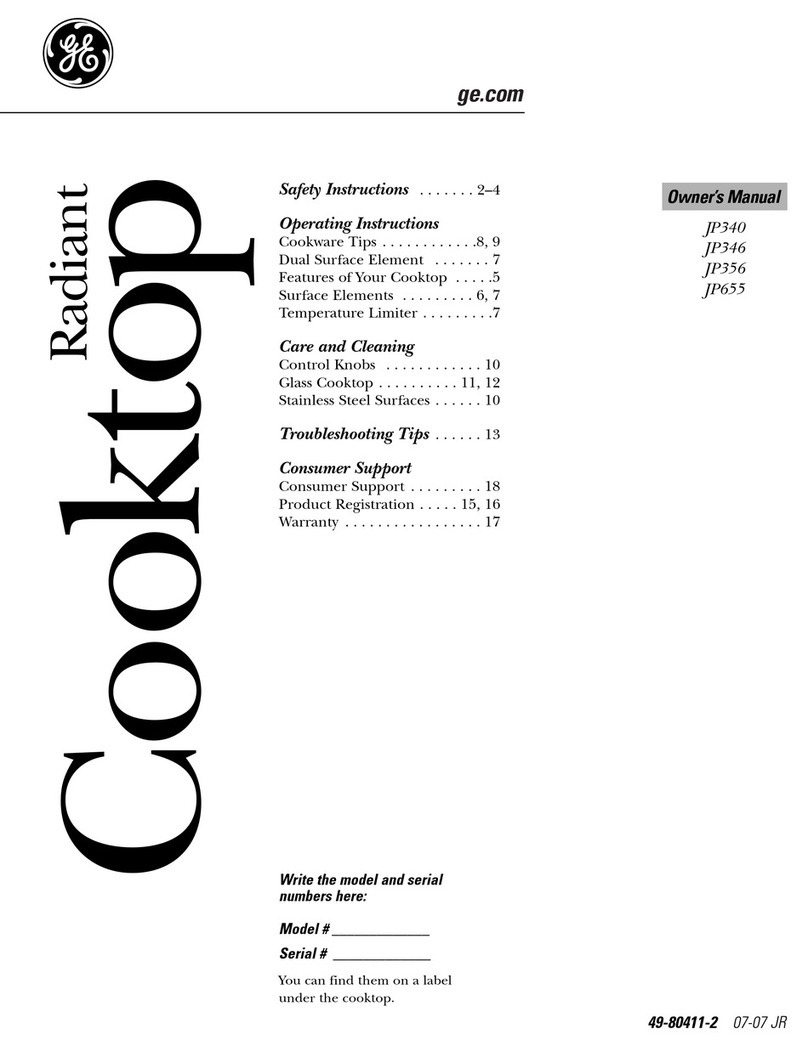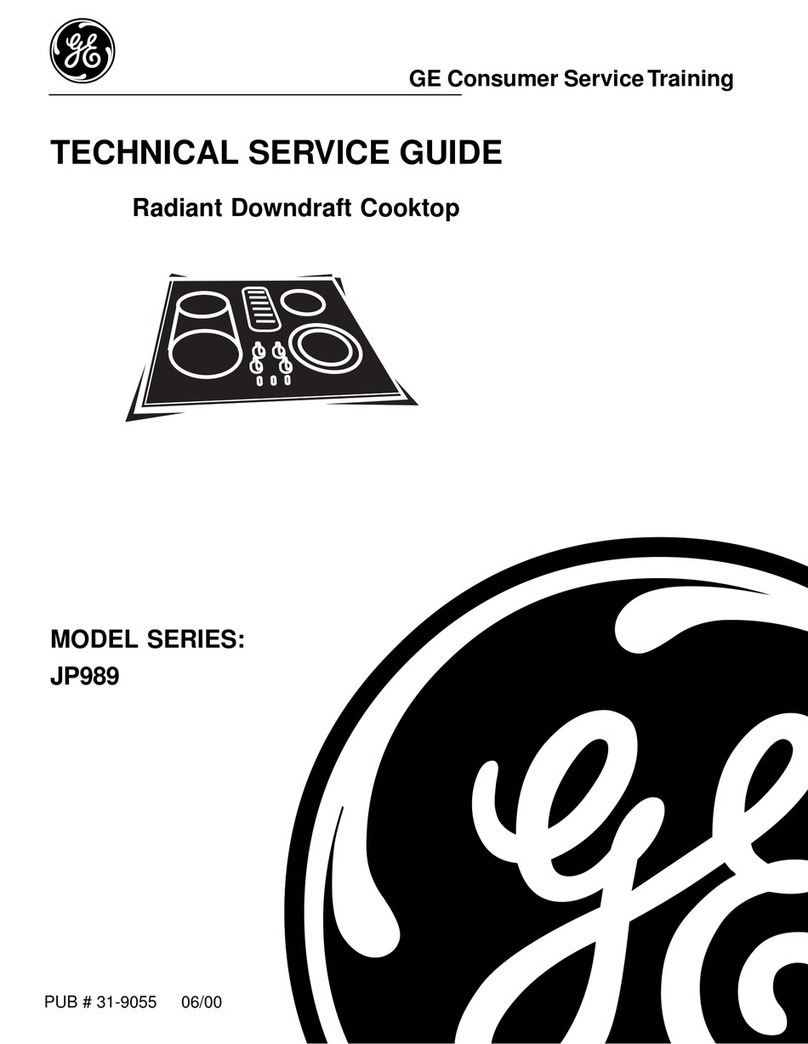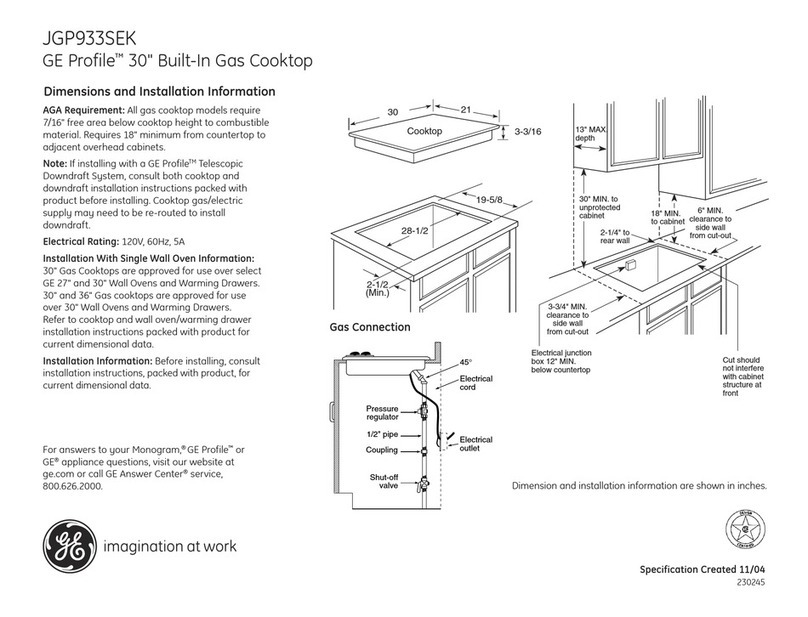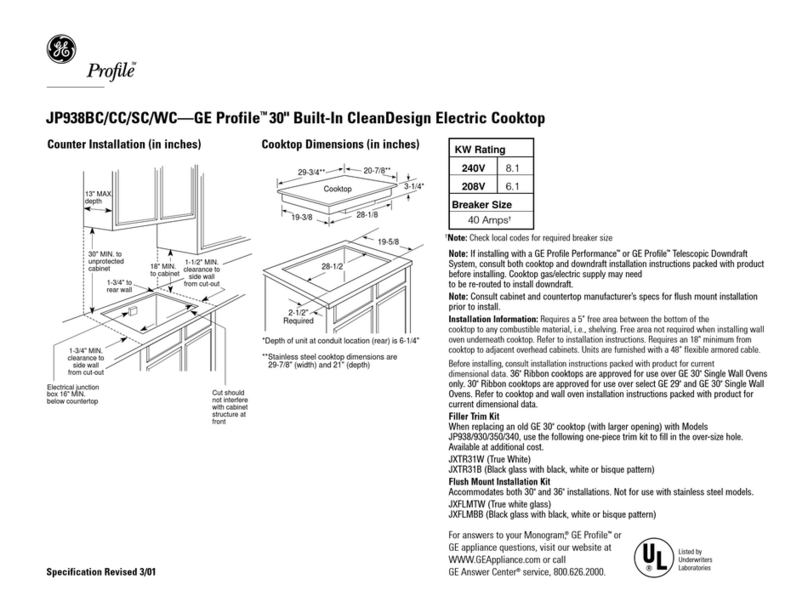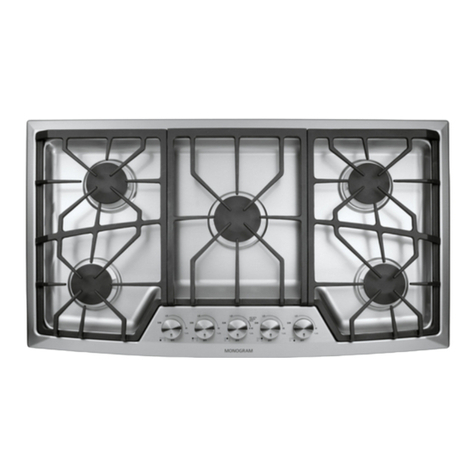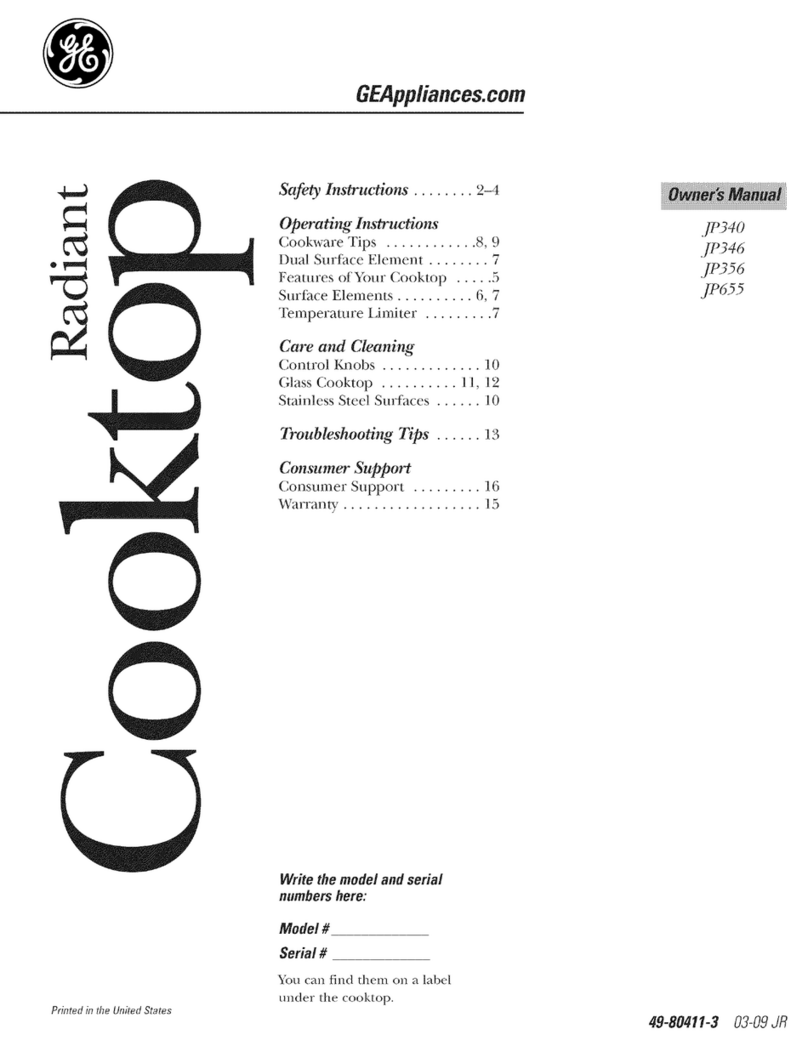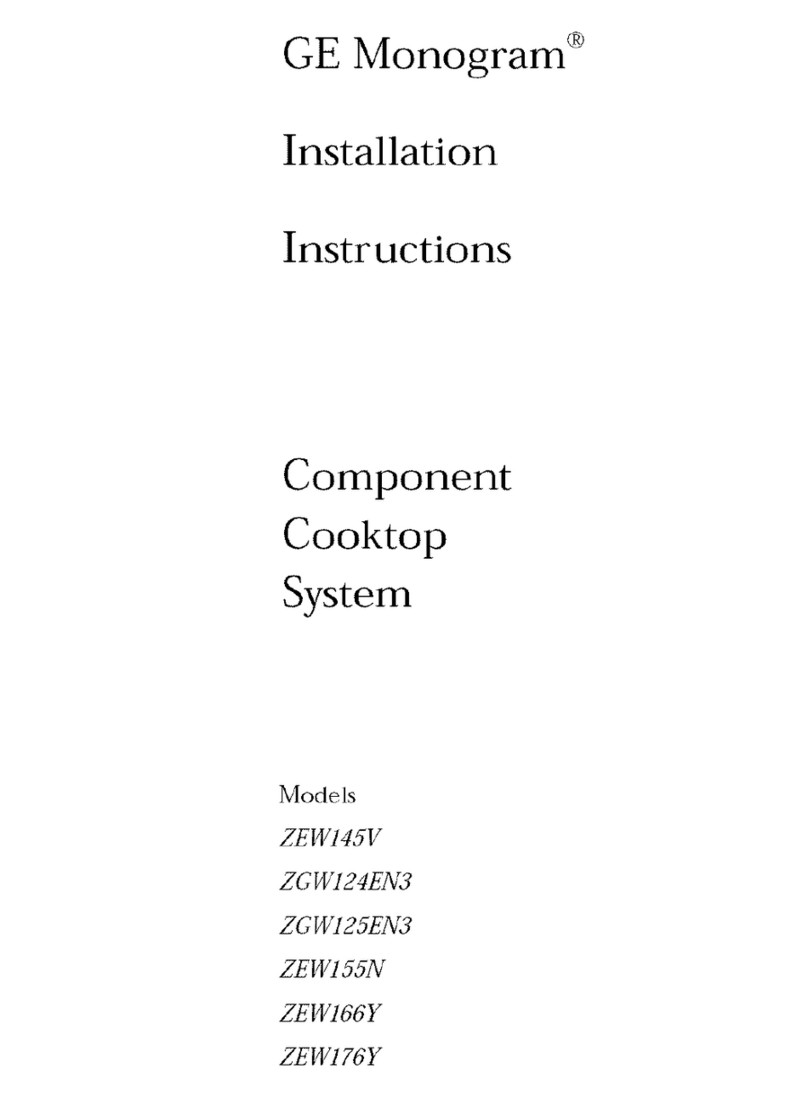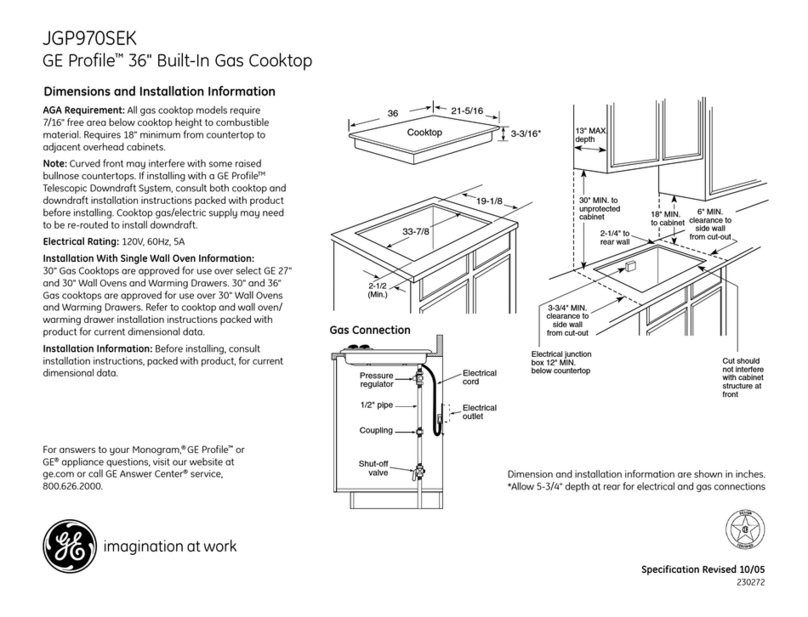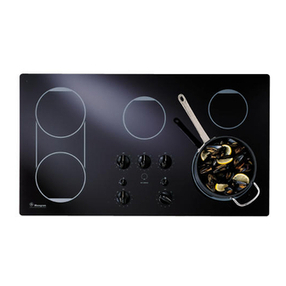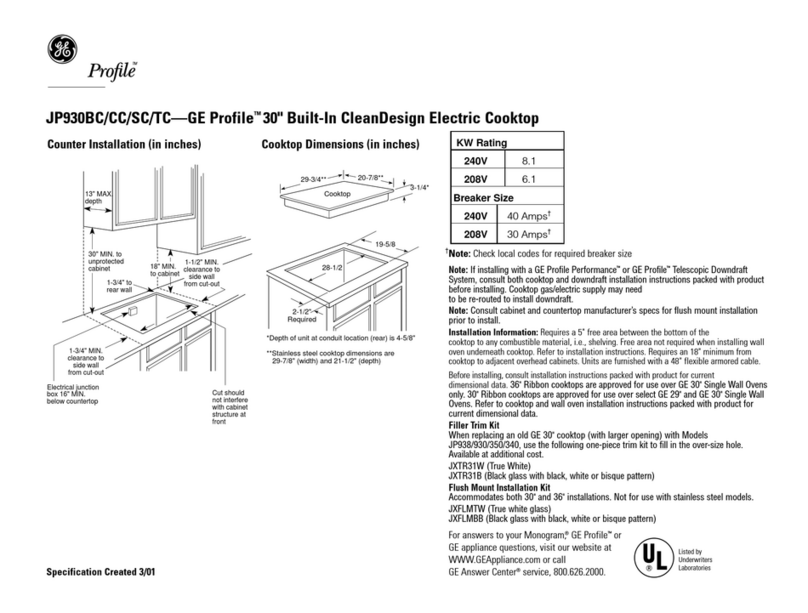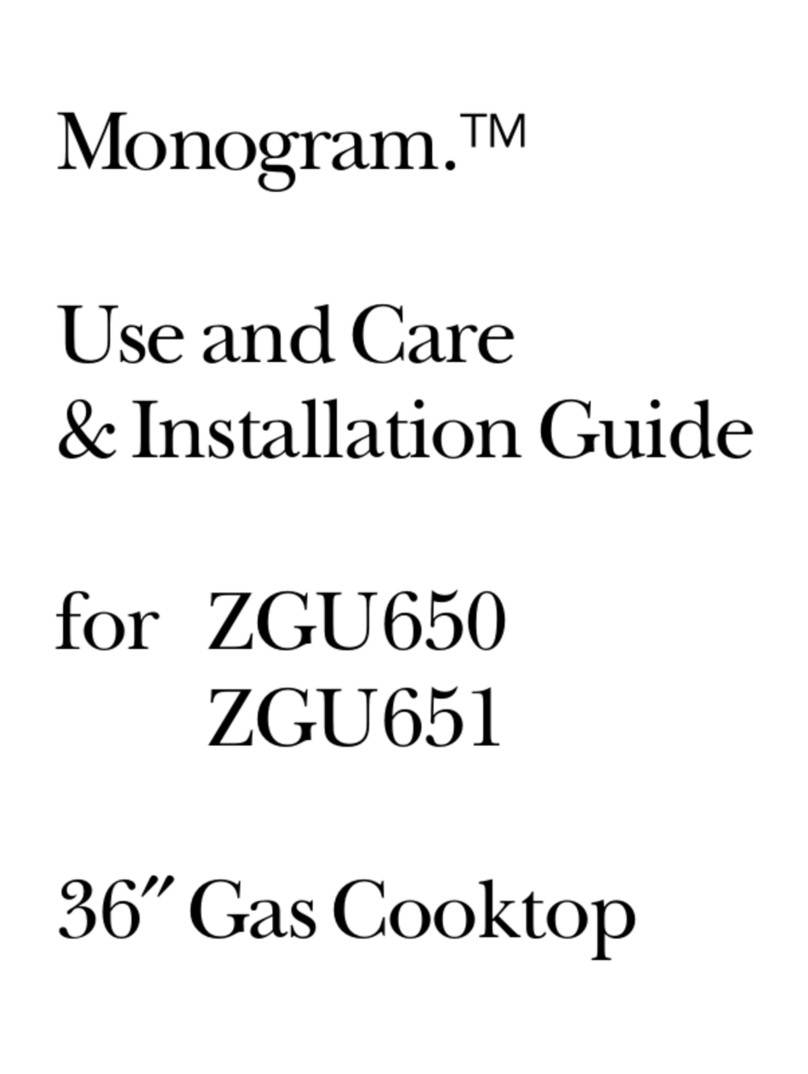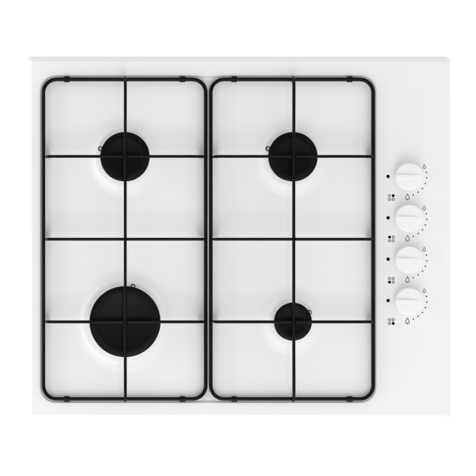
– 3 –
Blower Thermal Cutout....................................................................................................16
BurnerAlignment .............................................................................................................12
BurnerValve.....................................................................................................................11
Check for Proper Ignition .................................................................................................12
Component Access ...........................................................................................................8
Component Locator Views ................................................................................................6
Components ......................................................................................................................8
Convection Fan Assembly ...............................................................................................18
Door Assemblies ...............................................................................................................9
Flame Characteristics .....................................................................................................11
Grates ..............................................................................................................................12
GriddleLeveling ...............................................................................................................15
GriddleRemoval ..............................................................................................................14
Griddle Thermostat Adjustment .......................................................................................15
Grill Burner/Griddle Burner Ignition Systems (On Some Models) ....................................13
GrillorGriddleAirAdjustment ..........................................................................................15
GrillorGriddle Igniter Removal ........................................................................................16
Grill Removal ...................................................................................................................14
IgnitionandRe-ignition .....................................................................................................12
Introduction ........................................................................................................................4
Lock MotorAssembly.......................................................................................................19
Nomenclature ....................................................................................................................5
Orifice Conversion Kits.................................................................................................... 11
Oven Blower Motor (30-in. Range Models) ......................................................................20
Oven Blower Motor (36-in. and 48-in. Range Models) .....................................................19
Oven Door .........................................................................................................................8
Oven Light Bulbs .............................................................................................................10
Oven Select Switches .....................................................................................................17
Oven Thermostat.............................................................................................................17
Oven Thermostat Calibration...........................................................................................16
Relays, Convection Pulser Timers and Main Power Connection.....................................17
Schematics and Wiring Diagrams...................................................................................21
Simmer Orifice Burner Replacement .............................................................................. 11
Sparking...........................................................................................................................12
SparkModule ...................................................................................................................13
Surface Burner ................................................................................................................10
Surface Burner Adjustments............................................................................................ 11
Warranty ..........................................................................................................................30
TABLE OF CONTENTS


